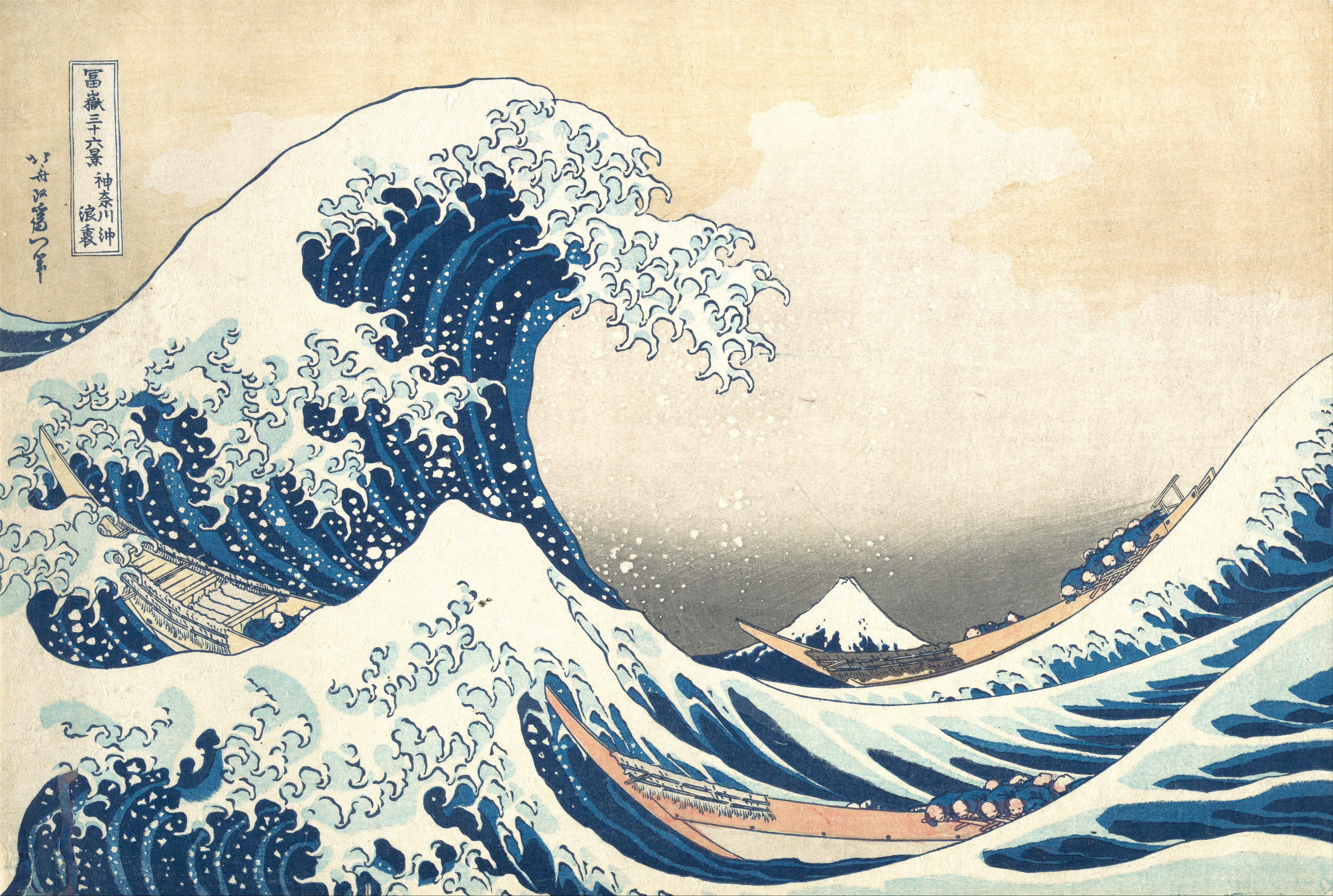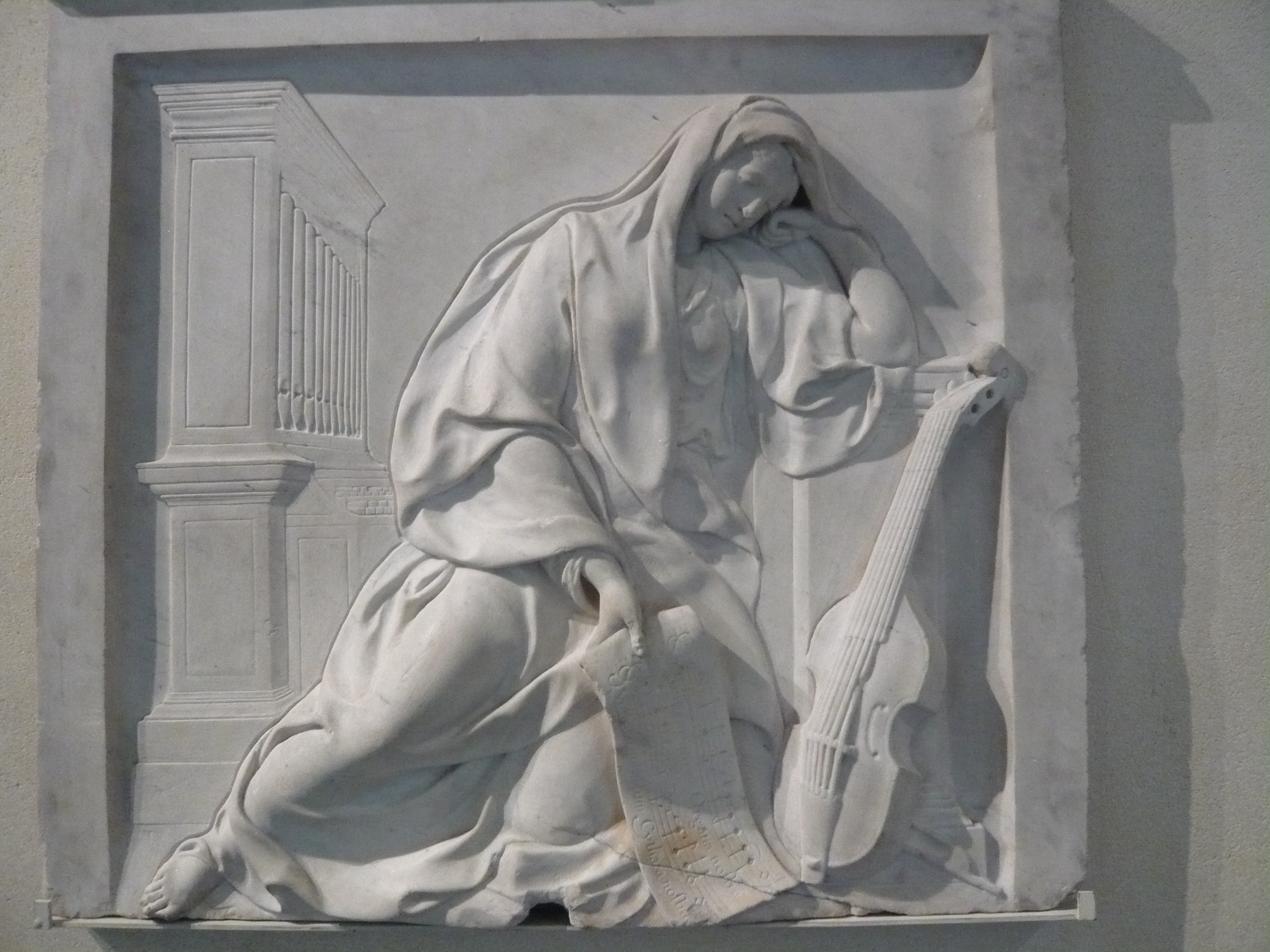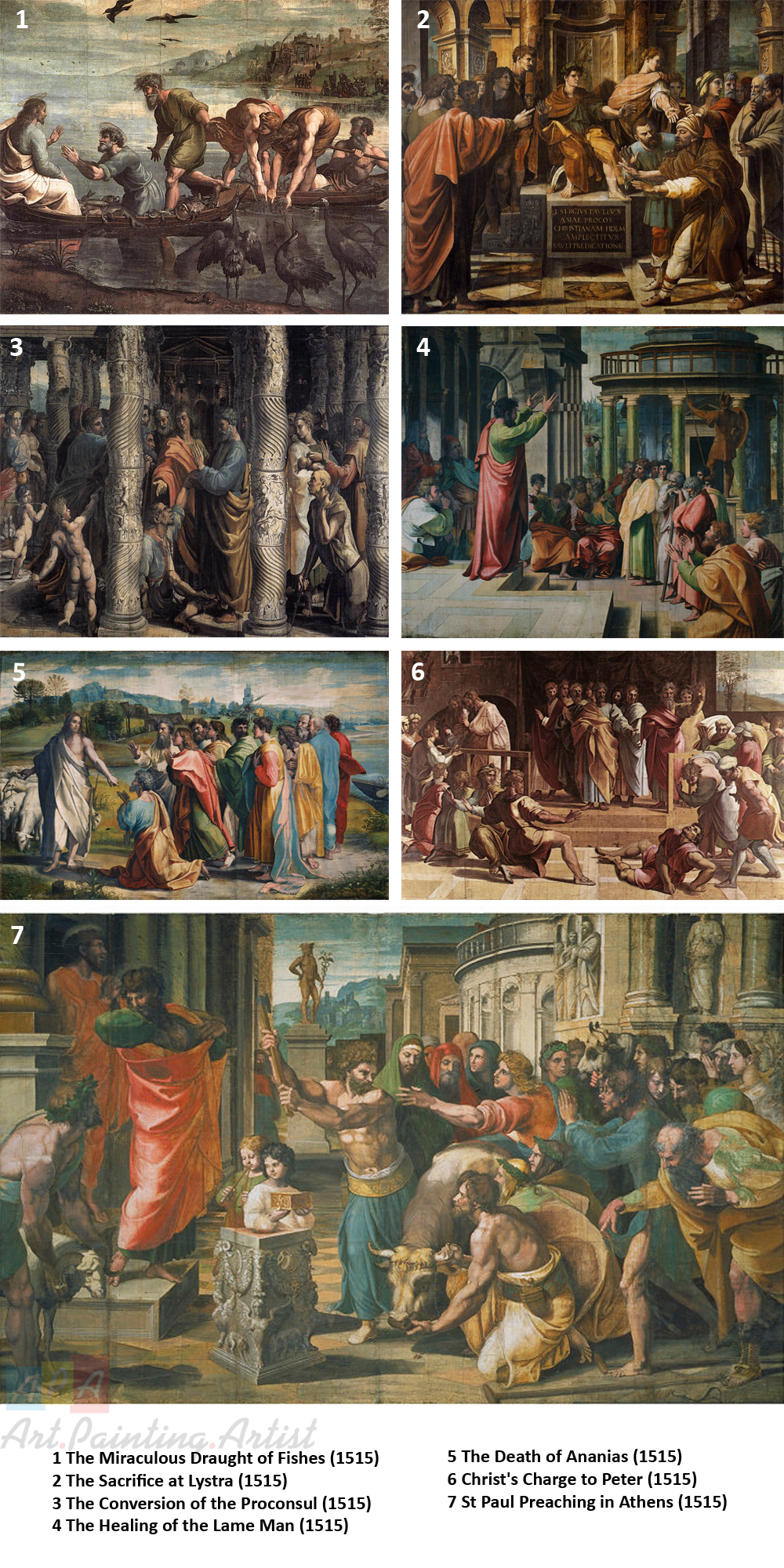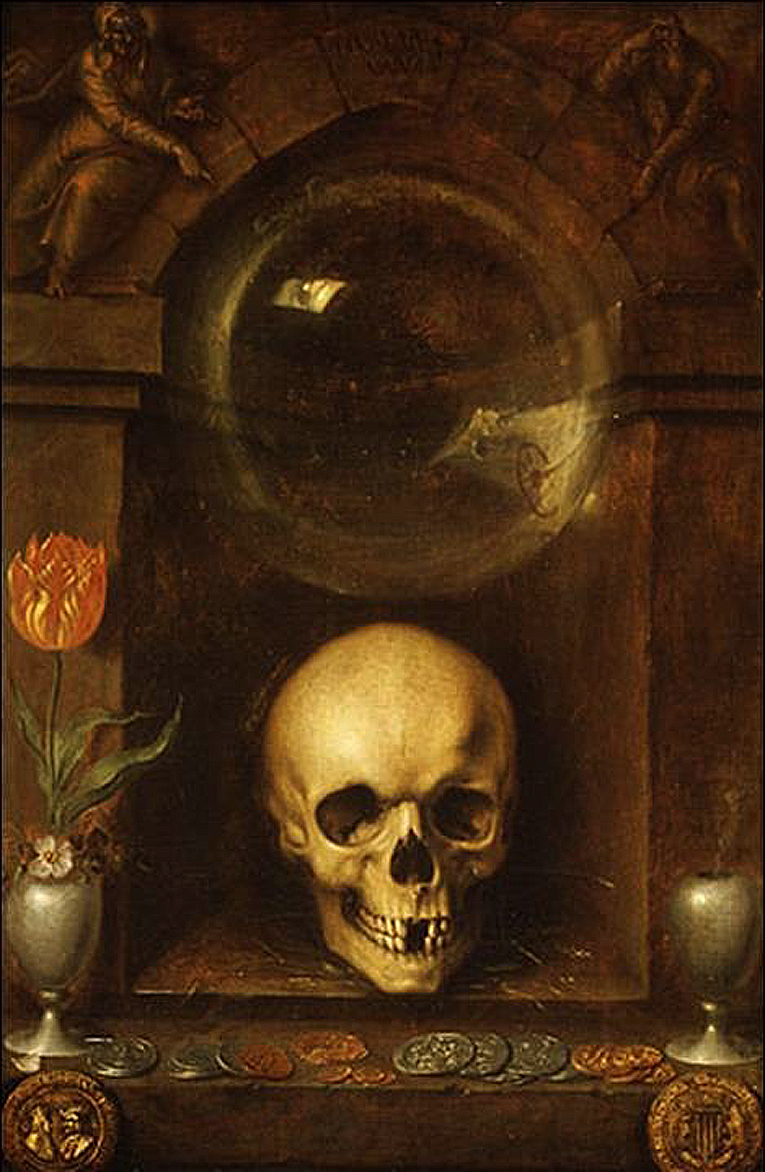1. Camera Obscura
Camera Obscura (dark room) could be said to be the earliest version of photography or capturing-image-on-a-surface to be more precise. The technic of the camera Obscura is the most primitive to capture a scene on a surface.
In the method, a flat surface contains a hole in it, through which the light enters and falls on another surface. The image received on the surface is upside down. It could be reversed by a mirror and its precision could be traced. The colors and the details of the scene stay intact.
This is the earliest type of image-capturing technique, which grew into being a photography technique and ultimately, in modern world, it is the base of every Camera in the world.
Its relation with painting comes from some artists who used the technique of camera Obscura to get some help in their paintings. The most famous artists to use this technique are Johannes Vermeer, Leonardo da Vinci, Rembrandt and Caravaggio as this technique is known from the time of Aristotle.
2. Camera Lucida
Camera Lucida (bright room) is another technique which aids painters while depicting a scene, person or small object in front of him. The Instrument called the Camera Lucida works as a reflector of the desired scene right on the paper or canvas on which the painter is working. It gives the painter a live-feed of the image right on his canvas, which makes his work a lot easier.
There are two major benefits of using such tool: 1. Painter gets to see a pre-sight of the image he will depict on the canvas 2. The cumbersome way to continuously turning the head to the subject and back to the canvas is eliminated. It is very much useful technique and has been very much used by artists of 19th century artist. It is still in use. Here is a picture of the most recent and sophisticated version of a Camera Lucida called Neolucida and the outline of how such instrument helps a painter.
3. Ukiyo-E
Ukiyo-E (“floating world”) word comes from the lavish lifestyle of the middle-class merchants of Edo (modern Tokyo), Japan, in 17th century when those merchants saw a great wealth-benefit due to Edo’s selection as the seat of government. The sudden growth in their wealth indulged them to live an extravagant life which included geishas, brothels, theatres and long costly travels. Addicted to such activities, the merchants now had the capability of purchasing such paintings to decorate their houses.
Focusing the class of buyers, the Ukiyo-e painters chose the subject according to the “Floating world” the merchants were living. The most common subjects in a Ukiyo-e were beautiful landscapes, geishas, eroticism and some cultural aspects relevant to the class of buyers.
In physical terms, Ukiyo-E paintings are basically a woodblock prints. First the scene is carved on a woodblock and then after coloring the woodblock, a canvas is laid upon it. After giving sufficient pressure, the carved image gets printed on the canvas. In a multi-color production, multiple carved woodblocks are used for each color.
This Japanese art-style affected many western painters including Édouard Manet, Claude Monet and Vincent Van Gogh. The most renowned Ukiyo-E painting is called The Great Wave of Kanagawa by Hokusai:
Here is our collection of Ukiyo-e Paintings.
4. Relief
A relief is almost a sculpture; the only thing is that it is fixed with a flat surface behind from which the sculpture itself is carved out. Though, by the three main types of reliefs it could look more like a sculpture or the simple line-drawing carvings on a flat surface. The main three types are:
1. High Relief
2. Mid Relief
3. Low Relief
As you can see, a high relief sculpture is an almost finished statue which could have come out as a complete statue if the artist has disconnected it from the surface at the back. This type of reliefs creates more significance and gives importance to the scene.
Mid Reliefs flat but has some characteristics of the high-reliefs at some of its parts. As the example shows, most of the woman’s carving is not very much carved out from the surface but still some of its parts bulges out to a significant level. That’s a mid-relief sculpture.
A low relief sculpture is almost flat without any significant bulges. Ancient romans have ornamented the walls of their pyramids and sacred places with such low relief arts.
There are two other minor types called: Sunk Relief and Counter-relief.
5. Raphael Cartoons
Raphael cartoons are 7 surviving art-works of original series of 10. They were commissioned by Pope Leo X to Raphael for the tapestries of Sistine Chapel. The excellence of the works was recognized in renaissance period as they were said to rival Michelangelo’s Sistine chapel ceiling creations. The subject of the cartoons represents some life-incidents of two saints Peter and Paul.
6. Lithograph
Lithography is an old technique of print-making ranking among the earlier methods as it was found in 1796. It is a technique of getting a mirror image of a carved stone, wood or metal on a canvas.
The technique works with stone, paper and a simple scientific principle. A stone carved with desired image is latched in some parts with a hydrophobic substance (water-repelling) and in other parts with hydrophilic (water-retaining) substances in way which would represent the desired image. Then after, as the surface of the stone is brought into the contact with the water-mixed ink, the ink would stick to only those parts which are hydrophilic. Now, the stone is ready for print-making. What left to be done is pressing the canvas or paper hard on the stone to get a mirror image of the image of the stone.
Today, Lithography has been cultivated with various new techniques including modern scientific technologies.
7. Imprimatura
Imprimatura is the initial layer of paint on a canvas. It is supposed provide an early tint and special feel to the painting. It is sometimes also used to lessen the canvas’ absorption capability, so the main colors won’t get deformed or lose their intensity at the final stage.
Colors used as Imprimatura are often transparent with a glazing effect. Or they could be greenish, yellow, brown or grey according to the painter’s need.
Sometimes, instead of applying it to a blank canvas, imprimatura color is directly used on the underpainting of the final painting. Many renaissance period painters used this painting on wide scale. Specially, Peter Paul Rubens and Anthony van Dyck are the main artists to use the technique extensively.
Here is an example of a painter applying the first layer of paint on a canvas with underdrawing:
8. Memento Mori
The literal meaning of the Latin term Memento Mori is “remember that you will die” and its connection with arts is the heavy use of the subject by various artists, mostly painters.
Any painting consisting bones, skull or full skeleton in symbolic way could be associated with the term memento mori. The artist is, in a way, trying to make us all remember the ultimate fate we all be having at the end. It is the indication of death.
There are too many paintings consisting symbolic meaning of Memento Mori. Here is a convincing one is The Ambassadors by Hans Holbein the Young.
There is a fine use of another art-technique Anamorphosis in the painting to convey the message of Memento Mori. There is a hidden skull between the two ambassadors at the bottom part, which could only be seen by watching it from a certain angle.
The subject and person depicted in the painting are a question of debates over the years. But, whatever the purpose of the meeting of those two ambassador was, artist has nullified the importance of it, by involving a skull, making a mark that everyone will die at the and nothing will matter anymore.
9. Vanitas
Vanitas are the art-pieces with symbolic meanings regarded with death or futility of existence. Vanitas are majorly the work of still life in which an artist could include the things of his choice. Such still life paintings being vanitas influence, comprised the elements which represented futility or meaninglessness of life in its symbolic senses. Such things were skull, watches, butterflies, fruits, flowers, insects, bubbles, smoke and sometimes skeletons etc.
Most artists used skull as their main subject regarding with vanitas meaning. A vanitas painting is a direct message for the viewer about the nature of life being very small and the suddenness of death. This message, thus, denounced all types of pleasures of life as they are going to make no help or sense when a person dies.
Its nihilistic meaning overlays with the symbolic meanings of aforementioned Memento Mori’s message regarding to the inevitable death.
10. Contrapposto
Contrapposto (counterpose in English) is a standing style or posture of a human statue. The statue is leaning its weight on one of its leg so whole body looks standing in a curved shape. Something like this:
This is a renowned statue by Michelangelo called David. It’s a statue of the biblical hero David who was a righteous king. It was very much favored subject among Florentine artists.
Michelangelo has given David the pose which is now called as Contrapposto. He is standing in a way, so most of his weight is transferred to his right leg and the left is just touching the ground without much of a load. Contrapposto also comes similar to the S Curve pose in which the stance gives whole body a curve like an English alphabet S. Though, there are some significant differences which keep them apart from merging.
The style is very old style used even before the birth of Jesus and today is an important lesson in the art of drawing.
Here are the links for the Jargons of the art-world Part 1, part 2 and part 3.













